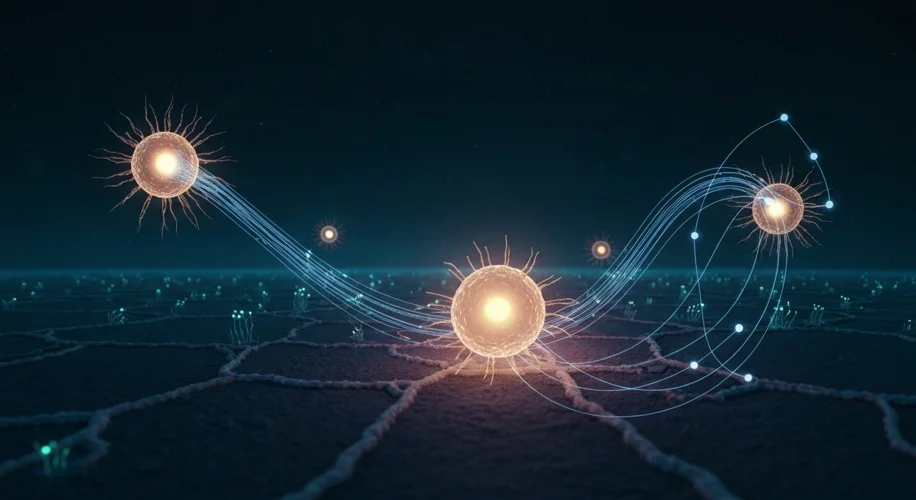Did you know that the fight against antibiotic resistance is one of the biggest health challenges we face today? The bugs that cause infections are evolving faster than we can create new ways to fight them. It’s a growing concern, but thankfully, science is always pushing forward, and sometimes, the answers are found in the most ancient of places.
Recently, researchers have been turning to artificial intelligence (AI) to help us discover new antibiotics. And where have they found a promising source? In archaea.
What are Archaea?
Archaea are single-celled organisms that are incredibly ancient. They were among the very first forms of life on Earth, and they thrive in some of the most extreme environments imaginable – think super hot springs, deep-sea vents, or highly salty lakes. Because they evolved so long ago and in such unique conditions, they have developed very different biological mechanisms compared to bacteria or our own cells.
This difference is key. Many of our current antibiotics work by targeting specific parts of bacterial cells. But since archaea are so different, they often produce unique compounds that bacteria don’t have, or that work in ways that bacteria haven’t developed resistance to yet.
AI as a Scientific Detective
But how do you search through the vast ‘proteome’ (the entire set of proteins produced by an organism) of these ancient microbes to find potential antibiotics? That’s where AI comes in. Analyzing such complex biological data manually would be incredibly time-consuming, if not impossible.
Deep learning, a type of AI, is particularly good at identifying patterns within massive datasets. By training AI models on known antibiotic compounds and the genetic information of various organisms, scientists can then ask the AI to sift through the proteomes of archaea. The AI can then flag specific proteins or compounds that show potential antibiotic activity. It’s like having a super-powered detective that can quickly scan through millions of possibilities to find the most promising leads.
Why This Matters for Us
When we talk about antibiotic resistance, we’re talking about infections that become untreatable with our current medicines. This can affect everything from routine surgeries to common infections. Finding new classes of antibiotics is crucial to stay ahead of this challenge.
By using AI to explore the ‘proteomes’ of ancient life forms like archaea, scientists are uncovering a whole new world of potential therapeutic compounds. This approach not only offers a new avenue for antibiotic discovery but also showcases how cutting-edge technology can unlock the secrets hidden within the natural world, providing us with solutions for some of our most pressing health issues. It’s a powerful reminder that even the most ancient forms of life can hold the keys to our future well-being.

